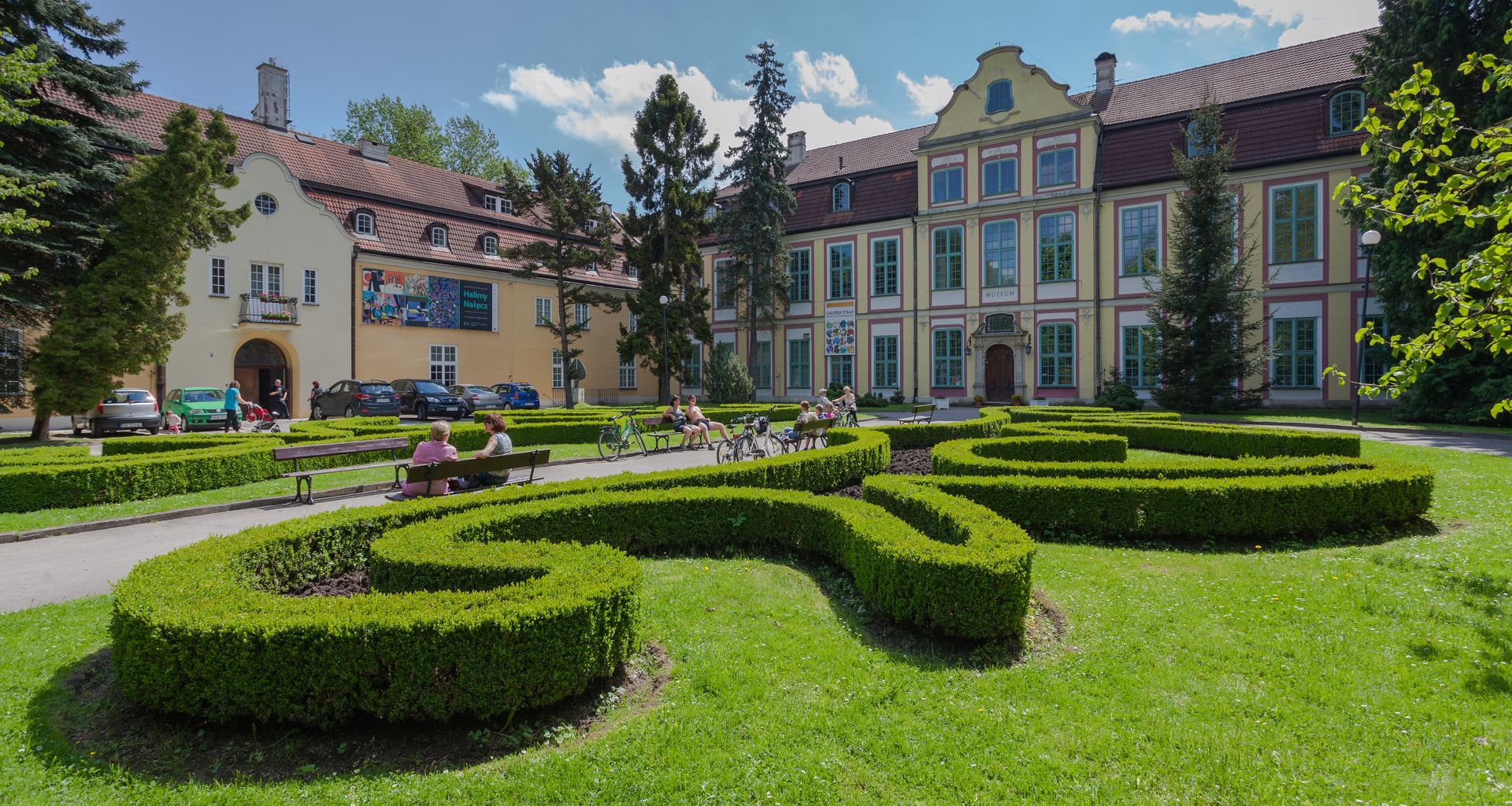Oliwa Cistercian Abbey
6.81

Overview
The Cistercian Abbey in Oliwa, founded in 1188 by Duke Sambor I, was the oldest monastic institution in the Gdańsk Pomerania region, operating continuously until 1831. The abbey's history was marked by numerous destructions caused by invasions of pagan Prussians, the Teutonic Knights, Hussites, Swedes, as well as conflicts with the city of Gdańsk. The monastery gained significance through endowments of property and privileges, which allowed it to develop extensive holdings, including 50 villages and a fishing station. Architecturally, it stood out with key features of the Cistercian style, constructing a Gothic church with a monumental Baroque main altar, the work of Andreas Schlüter. The Cistercians played a crucial role in civilizing the region by introducing knowledge of agriculture, craftsmanship, and management, which influenced the social structures of the Piasts. In the second half of the 15th century, the monks began to combat the influences of the Reformation; however, due to Prussian monarchical reforms, the abbey was dissolved in 1831. An interesting fact is the return of the Cistercians to Oliwa in 1945, which led to the transformation of the former evangelical church into a new monastic institution, and their contemporary activities also include parish work.
Location
Tickets
Powered by GetYourGuide
You can also find here:
2025 Wizytor | All Rights Reserved
